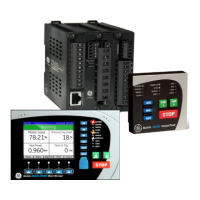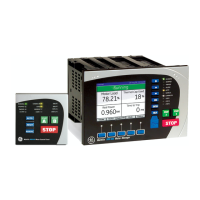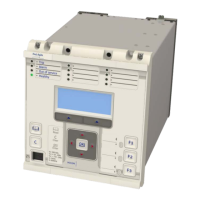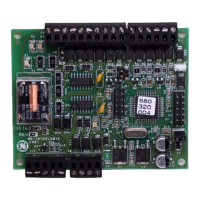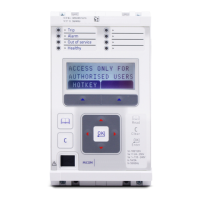For K-Bus applications, pins 17 and 18 are not polarity sensitive and it does not matter which way round the wires
are connected. EIA(RS)485 is polarity sensitive, so you must ensure the wires are connected the correct way round
(pin 18 is positive, pin 17 is negative).
If K-Bus is being used, a Kitz protocol converter (KITZ101, KITZ102 OR KITZ201) will have been installed to convert
the K-Bus signals into RS232. Likewise, if RS485 is being used, an RS485-RS232 converter will have been installed.
In the case where a protocol converter is being used, a laptop PC running appropriate software (such as MiCOM S1
Agile) can be connected to the incoming side of the protocol converter. An example for K-bus to RS232 conversion
is shown below. RS485 to RS232 would follow the same principle, only using a RS485-RS232 converter. Most
modern laptops have USB ports, so it is likely you will also require a RS232 to USB converter too.
IED IED IED
K-BusRS232
KITZ protocol converterRS232-USB converterComputer
V01001
Figure 314: Remote communication using K-bus
Fibre Connection
Some models have an optional fibre optic communications port fitted (on a separate communications board). The
communications port to be used is selected by setting the Physical Link cell in the COMMUNICATIONS column, the
values being Copper or K-Bus for the RS485/K-bus port and Fibre Optic for the fibre optic port.
5.2.11.2 CHECK LOGICAL CONNECTIVITY
The logical connectivity depends on the chosen data protocol, but the principles of testing remain the same for all
protocol variants:
1. Ensure that the communications baud rate and parity settings in the application software are set the same
as those on the protocol converter.
2. For Courier models, ensure that you have set the correct RP1 address
3. Check that communications can be established with this IED using the portable PC/Master Station.
5.2.12
TEST SERIAL COMMUNICATION PORT RP2
RP2 is an optional second serial port board providing additional serial connectivity. It provides two 9-pin D-type
serial port connectors SK4 and SK5. Both ports are configured as DTE (Date Terminal Equipment) ports. That means
they can be connected to communications equipment such as a modem with a straight-through cable.
SK4 can be configured as an EIA(RS232), EIA(RS485), or K-Bus connection for Courier protocol only, whilst SK5 is
fixed to EIA(RS)232 for InterMiCOM signalling only.
It is not the intention of this test to verify the operation of the complete communication link between the IED and
the remote location, just the IED's rear communication port and, if applicable, the protocol converter.
P543i/P545i Chapter 25 - Commissioning Instructions
P54x1i-TM-EN-1 649
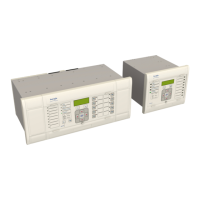
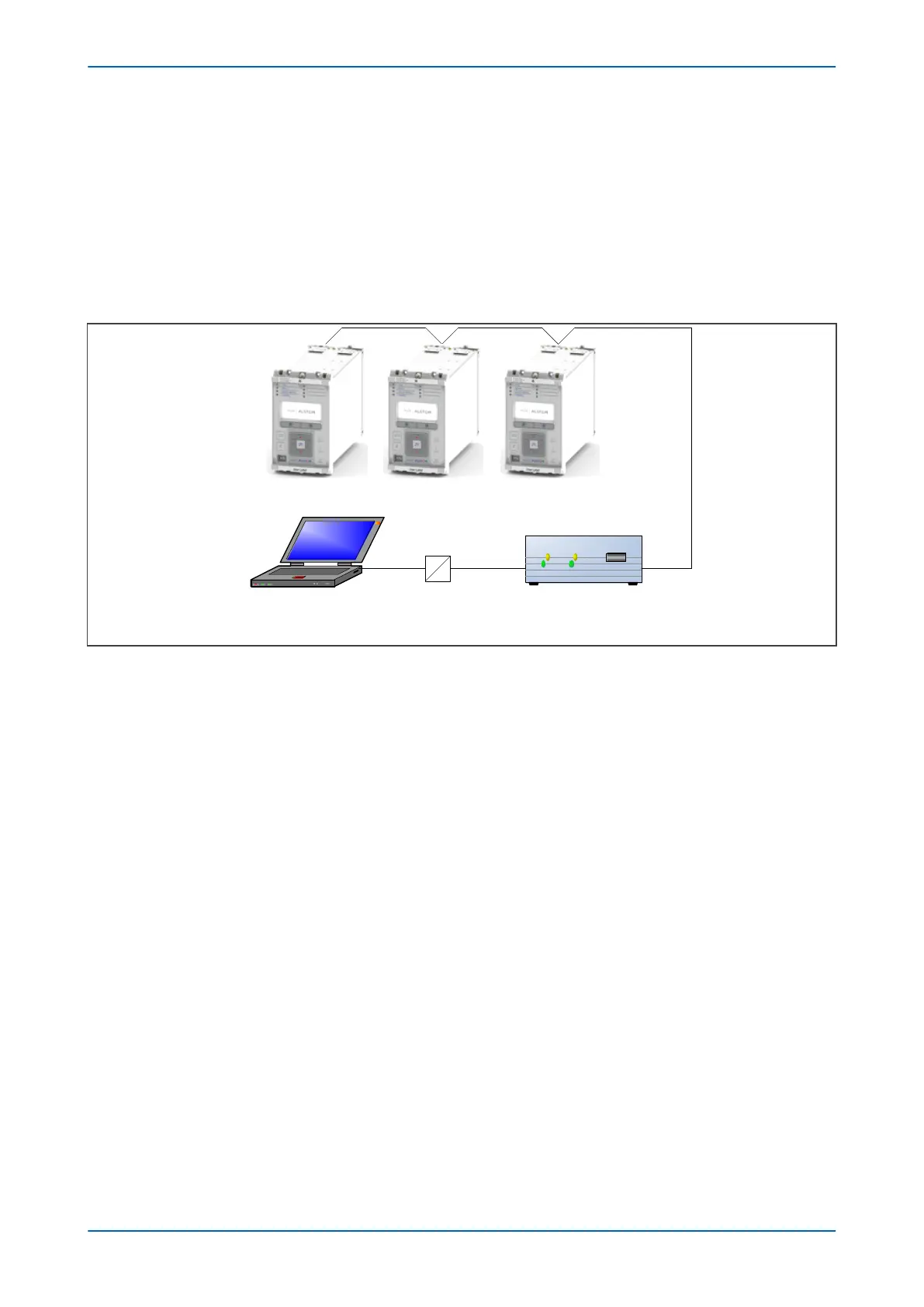